The United States has circulated draft language at the United Nations Security Council calling for an international stabilization force to deploy in the Gaza Strip for an initial period of two years. U.S. officials described the text as an early template meant to anchor negotiations among the 15 Council members and with governments that have said they would only contribute forces if the mission has UN backing. The proposal is framed as the next phase of President Donald Trump’s plan to lock in the Gaza ceasefire and create conditions for reconstruction after two years of war between Israel and Hamas.
According to the draft, the force would be authorized through the end of 2027, with the possibility of renewal if the Council agrees. Its remit would include securing key areas in Gaza, enabling the full resumption of humanitarian aid, and supporting the demilitarization of armed groups that operate outside a future governing authority. The text is explicit that the mandate must come from the Security Council to give the mission international legitimacy and to meet the conditions set by Arab and other states that have expressed interest in participating.
Structure of the mission
The draft resolution envisions a force operating alongside, and in support of, a transitional administration called the “Board of Peace.” This body would act as an interim governance mechanism with international legal personality, tasked with coordinating funding and overseeing the civil administration of Gaza until Palestinian institutions are reformed enough to take over. The force would deploy under a unified command agreed with the Board of Peace and would work in close consultation with Egypt and Israel on border and security arrangements.
Operationally, the international force would be empowered to use “all necessary measures” to carry out its mission, language that in UN practice authorizes the use of force for protection of civilians, aid operations, and mission personnel. It would help secure Gaza’s borders with Israel and Egypt, protect designated humanitarian zones, and train and vet a Palestinian police force that would eventually assume day-to-day internal security. The text also instructs the force to prevent diversion of aid and to support the delivery efforts of the UN, Red Cross, and Red Crescent.
Demilitarization and security tasks
A central element of the U.S. draft is the requirement that the stabilization force “ensure the process of demilitarizing the Gaza Strip,” including the permanent decommissioning of weapons held by non-state armed groups. This reflects Washington’s view that any durable ceasefire must be paired with a mechanism to stop Hamas and similar groups from rearming. The draft does not spell out how disarmament would occur if Hamas or other factions refuse to cooperate, but it links demilitarization to the broader security role of the force and to the transitional governance arrangements.
The mission would therefore have a dual track: immediate stabilization—securing crossings, escorting aid, deterring renewed attacks—and medium-term security sector work, especially training and mentoring Palestinian police units acceptable to the Board of Peace. By tying the force’s mandate to a defined two-year window, the U.S. is signaling that it wants to avoid an open-ended UN presence while still giving time for local institutions to be rebuilt and for Gaza’s security environment to be reshaped.
Political dynamics at the UN
The United States has not yet put the resolution to a vote and is circulating it informally to measure support and identify objections. Permanent members Russia and China are expected to be the most skeptical, both on political grounds and over the scope of the mandate. Because any Security Council resolution requires at least nine votes and no vetoes from the five permanent members, Washington will have to bargain over language on demilitarization, governance, and the force’s rules of engagement. U.S. officials have said the text is still being edited based on those conversations.
For Washington, getting a Security Council mandate is essential because several of the countries it has been talking to about troop contributions—among them Egypt, Indonesia, Qatar, Turkey, and Gulf states—have made UN authorization a precondition. A Council mandate would clarify status-of-forces questions, outline the mission’s legal protections, and give contributing states political cover at home. Without that mandate, the force would either be much smaller or composed only of states already closely aligned with the U.S. plan, limiting its effectiveness and regional legitimacy.
Next steps and implementation questions
If the resolution is adopted in its present form, the timeline spelled out in the draft points to first elements of the force deploying in early 2026, after detailed status-of-mission agreements are signed and coordination with Israel and Egypt is complete. The Board of Peace would need to be stood up in parallel so that a civilian counterpart exists from the outset. International financial institutions, including the World Bank, are mentioned in the draft as partners for a reconstruction trust fund, which would operate under the same transitional framework and channel donor money into housing, utilities, and economic recovery.
Two sets of uncertainties remain. The first is on the ground: Hamas has not accepted disarmament, and armed resistance to a foreign-manned stabilization force would complicate operations and could deter some potential troop contributors. The second is diplomatic: any significant changes demanded by Russia, China, or nonpermanent Council members could narrow the force’s mandate or shorten its duration, reducing the mission’s ability to carry out the full range of tasks the U.S. has outlined.
As it stands, the U.S. proposition establishes a clear sequence: ceasefire consolidation; establishment of a transitional governing body with international backing; deployment of a two-year stabilization force under UN authority; demilitarization of non-state armed groups; and progressive handover to reformed Palestinian institutions. The outcome will depend on Security Council negotiations, the willingness of regional states to contribute to a robust force, and conditions on the ground in Gaza when the mission is ready to deploy.




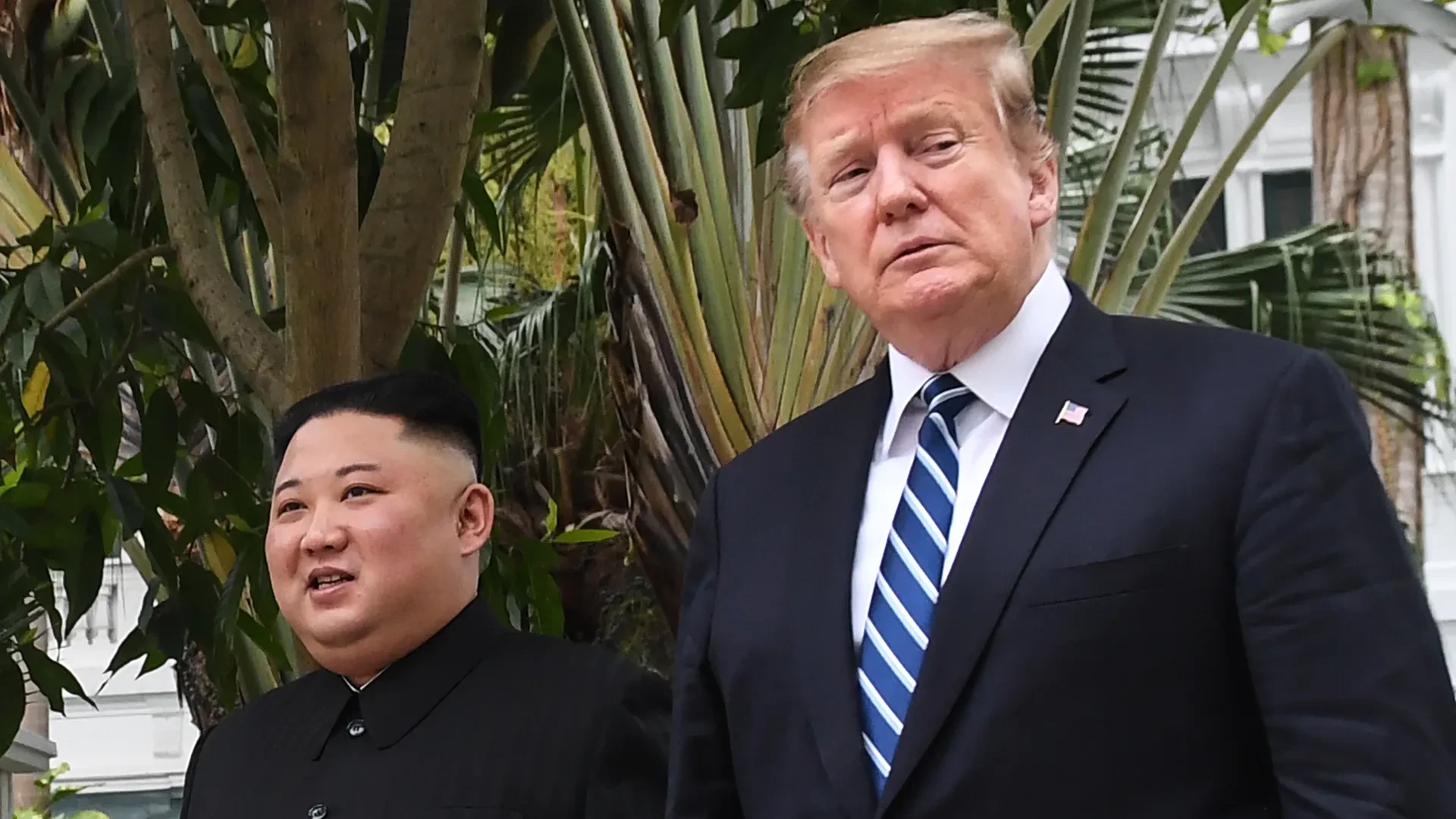
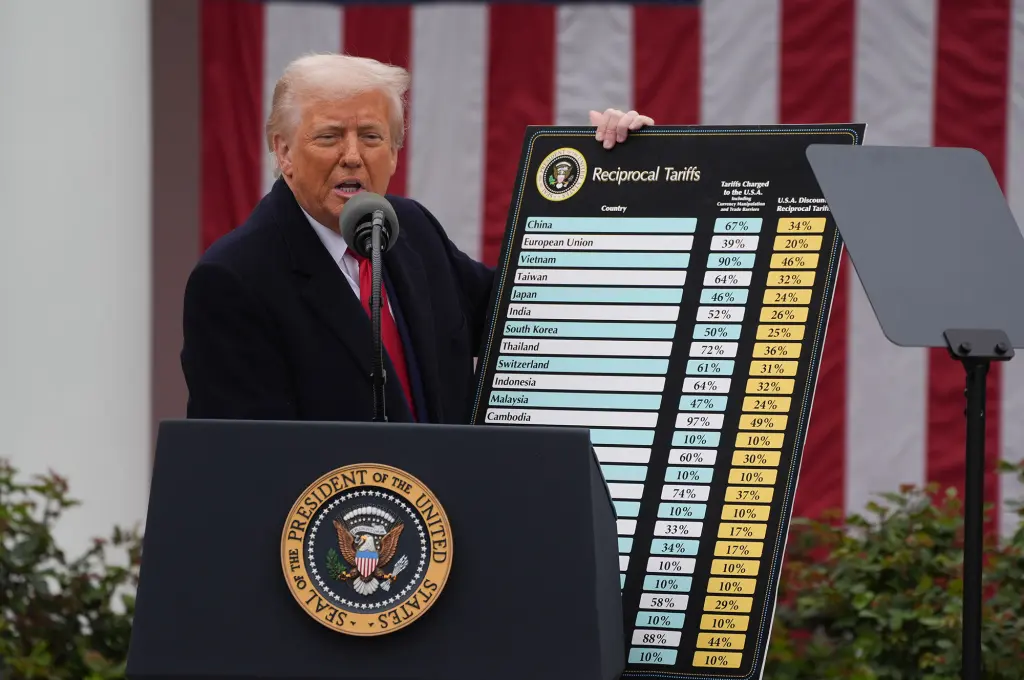

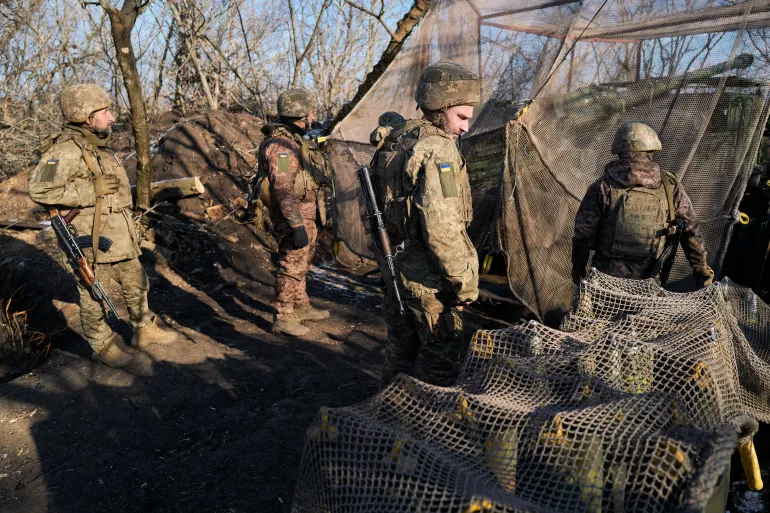

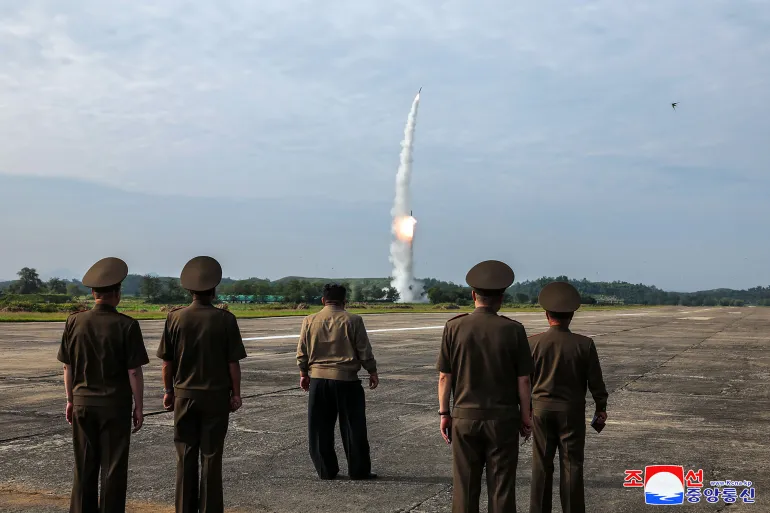


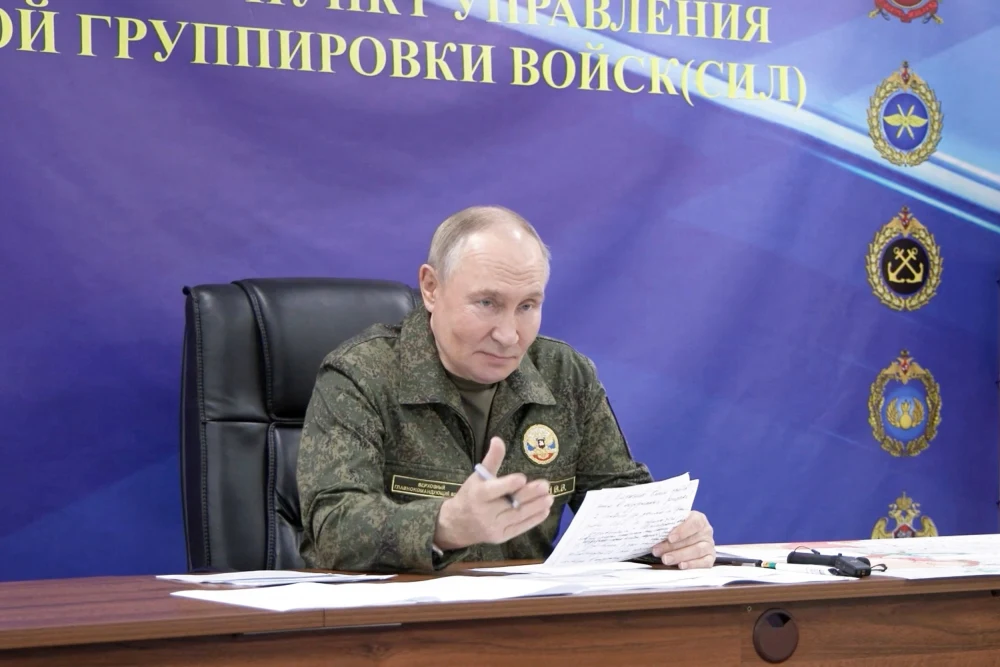

Discussion